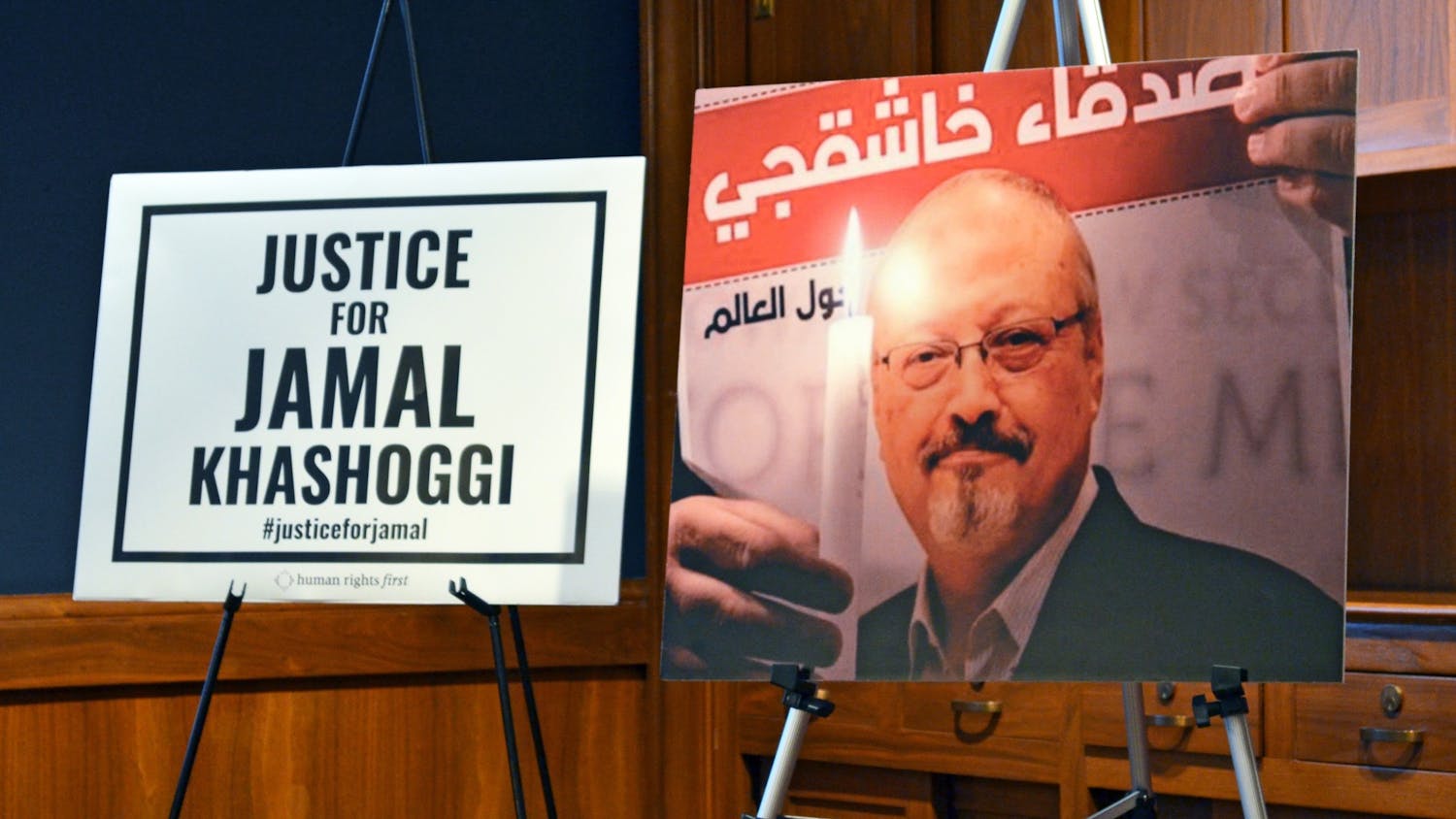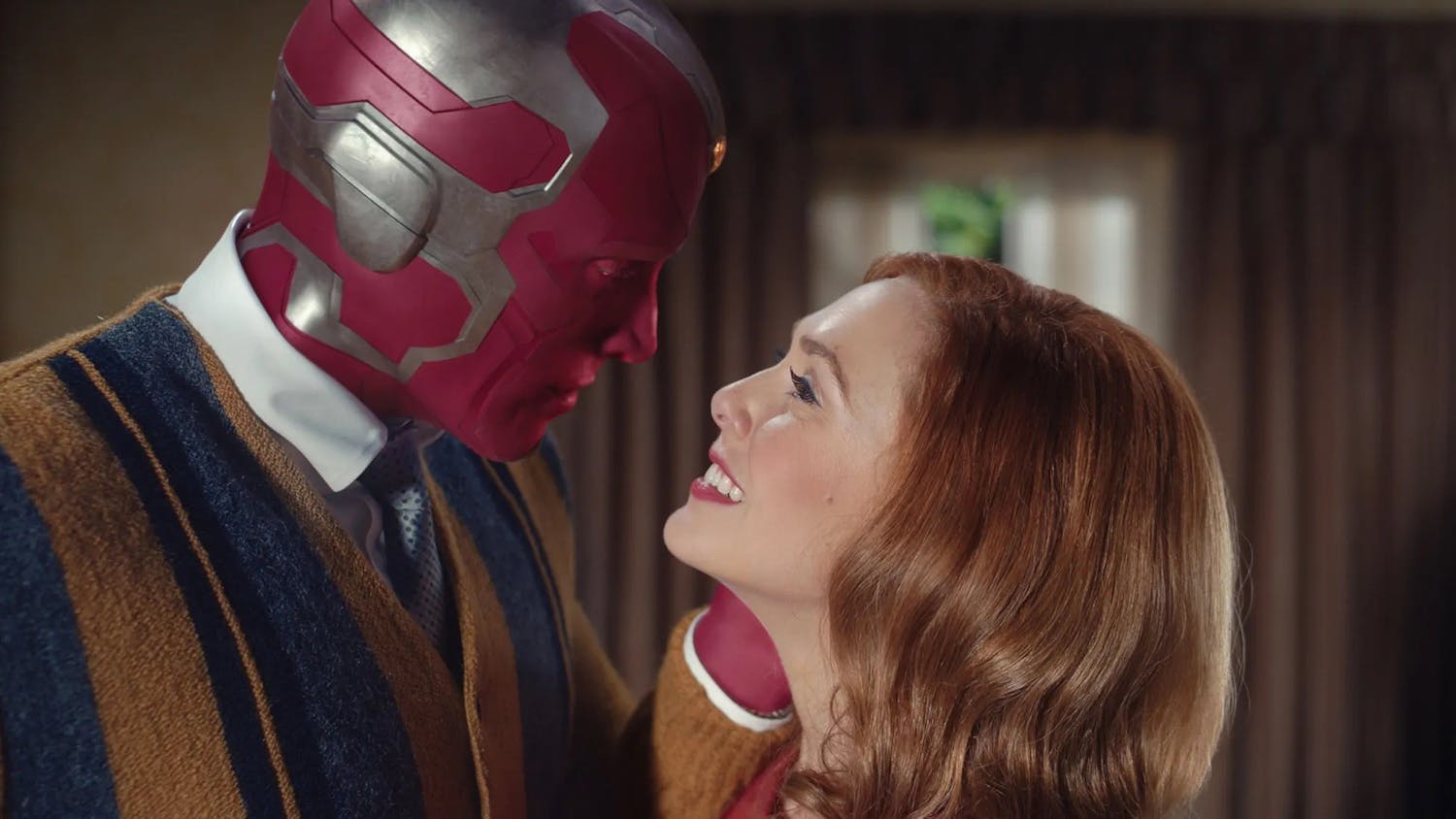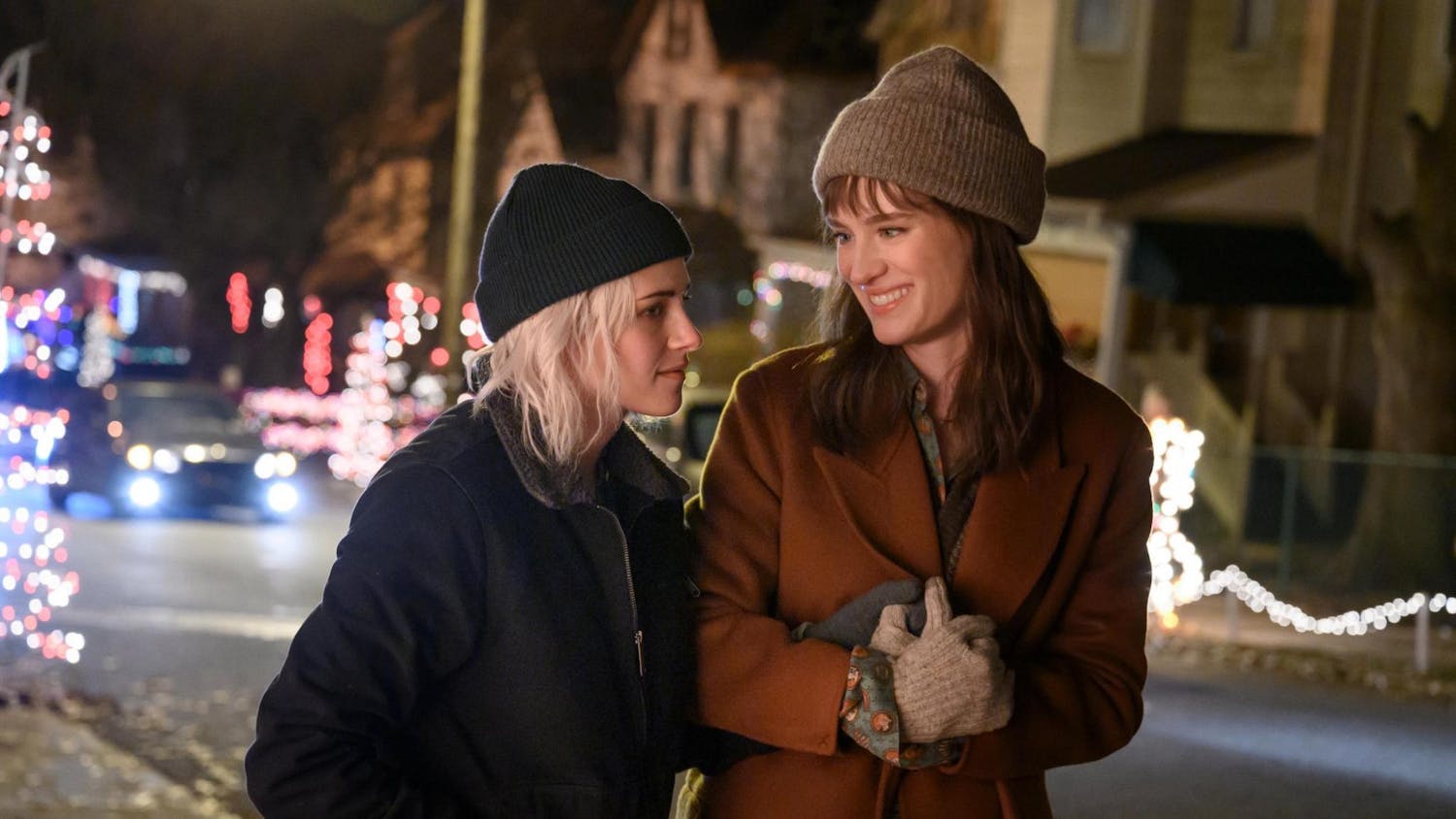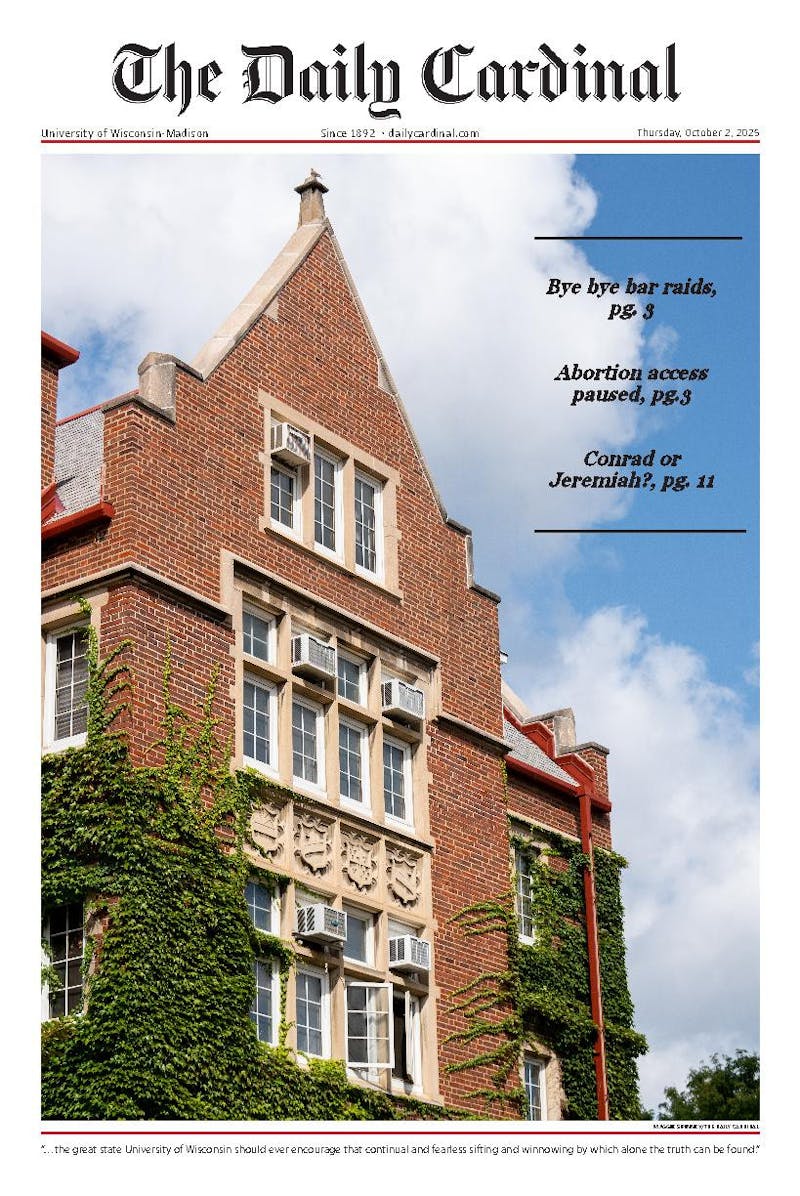There’s nothing more American than the Western. Well, other than apple pie. And baseball. And eagles. And democracy. And the Statue of Liberty. And more eagles.
Ok, we’ll just say it’s in the top 20. The point is, the Western genre is intrinsically American. Set on the wild frontier, defined by larger-than-life heroes and diabolical villains, it exemplifies various aspects of our cultural identity. It’s literally defined as being American; it was born on our soil. Ronald Reagan made Westerns, but don’t let that put you off of this genre. It’s the one rare type of film that is innately, completely American. Right? Hold that thought, it’ll be important later.
From its earliest incarnations, Westerns have been a staple of cinematic culture, beginning very early with 1903’s “The Great Train Robbery,” which was as Western as a movie made in 1903 could be.
Of course, they eventually evolved into the classic, quintessential Western we all know and tolerate, with their golden age coming between the 1930s and 1960s. Things like John Ford’s “Stagecoach,” “Fort Apache” and “Rio Grande” are must-watches for the early genre, and Howard Hawks’ films with John Wayne gave us our first action hero. Wayne was THE Western hero, shining bright in the desert against the very clearly defined forces of evil.
Also, the Lone Ranger happened because a costumed and masked man with a half-naked Native American sidekick seemed like a good idea at this point. ‘Murrica.
Speaking of America, remember that whole “completely American” thing from earlier? I might not have been totally honest. Much like America itself is a “melting pot” of various cultures, our American genre of film has also seen a blending of foreign film styles and stories with its own unique traditions and tropes.
Take, for example, the classic Western “The Magnificent Seven.” Or better yet, take legendary Japanese director Akira Kurosawa’s film “Seven Samurai,” which “The Magnificent Seven” was a direct remake of except for being transplanted to the American West. They just replaced the samurai swords with pistols.
And yet there’s nothing wrong with it. It works, and it’s the foundation for a long tradition of mutual respect and shared stylistic aspects between samurai/martial arts movies and Westerns. Because really, how different are katanas and revolvers when we get down to it?
Ok, pretty different. But equally good.
Yet another Kurosawa film, “Yojimbo,” was adopted as a western by Sergio Leone as “A Fistful of Dollars,” one of the first masterpieces of yet another emerging cinematic movement, the Spaghetti Western.
Named for the fact that it was dominated by Italian directors, the greatest of which by far was Leone. This genre was made of darker, grittier Westerns that blurred morality and were filmed in the deserts of Spain rather than in America to give them their own very distinct look.
American Westerns then shifted gears in order to adjust to the revolutionary new school of films. This shift created some classics of the genre in its own right, with John Ford directing John Wayne as a bigoted, brutal anti-hero in “The Searchers” and “The Wild Bunch,” consequently presenting a very dark picture of life in the wild, albeit Mexican, West.
Of course, this abandonment of squeaky clean lines drawn between good and bad that had to this point been a hallmark of Westerns eventually forced the further evolution of the genre. As new influences continued to pour in and the next generation of filmmakers took over, the Western entered yet another era.
As society moved into the ’60s and ’70s, with Cold War paranoia at its height and Vietnam raging along, films began to take on a more cynical, realistic, counter-culture-inspired tone. “Butch Cassidy and the Sundance Kid” took the idea of anti-hero to a new level; rather than just rough-edged good guys, it had us cheering for the criminals, a big step away from the establishment. Beyond that, the rapid modernization of the “Old West” forces them to flee to Bolivia, where we get the famous Bolivian Army Ending and that final frozen shot of the two outlaws going out in glory, much the same as the classic Western was at this time.
And one of the icons of the classic Western, John Wayne, knew he was on his way out when he made “The Shootist,” in which he, an aging cowboy dying of cancer, plays… an aging cowboy dying of cancer and also struggling to come to grips with what the West has become. It was basically an obituary for the traditional genre written by one of its greatest legends.
For a while, it was all quiet on the Western front (sorry, I had to). Clint Eastwood made some great ones with “Unforgiven” and “The Outlaw Josie Wales,” but then he started talking to chairs and the by-the-books Western more or less disappeared from the scene.
However, just because traditional Westerns are dying out doesn’t mean the Western is totally disappearing. Filmmakers in Asia continue to produce Western/samurai crossover films, and there’s been some movement towards blending Westerns with science-fiction. This has been done successfully with Joss Whedon’s “Firefly” series and the film “Serenity,” and not so successfully with the subtly named “Cowboys & Aliens.”
However, the Western could still make a comeback. Andrew Dominick, a New Zealander, made “The Assassination of Jesse James by the Coward Robert Ford,” which flipped the cowboy legend on its head, and Quentin Tarantino’s new film “Django Unchained” looks to be a Western set in the slavery era South. So… a Southern? Perhaps the ideas behind the original Western aren’t riding off into the sunset just yet.
Wow, that’s even worse when you write it out.
Wrangle up an evolutionary list of Westerns from Austin at wellens@wisc.edu.





